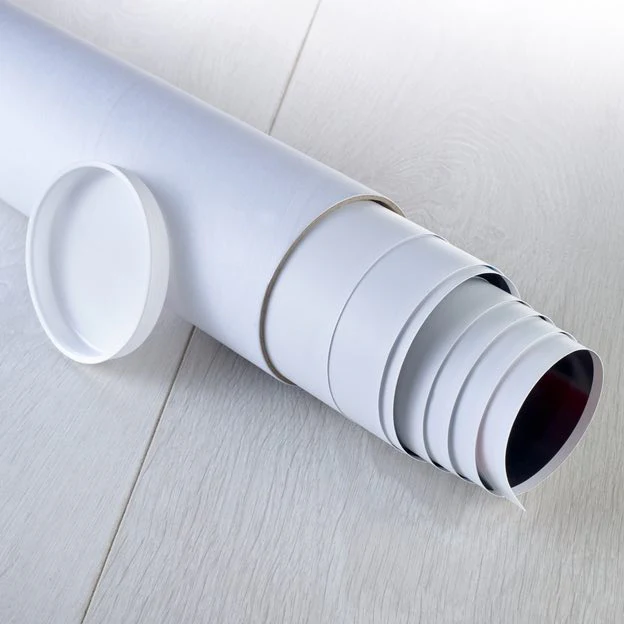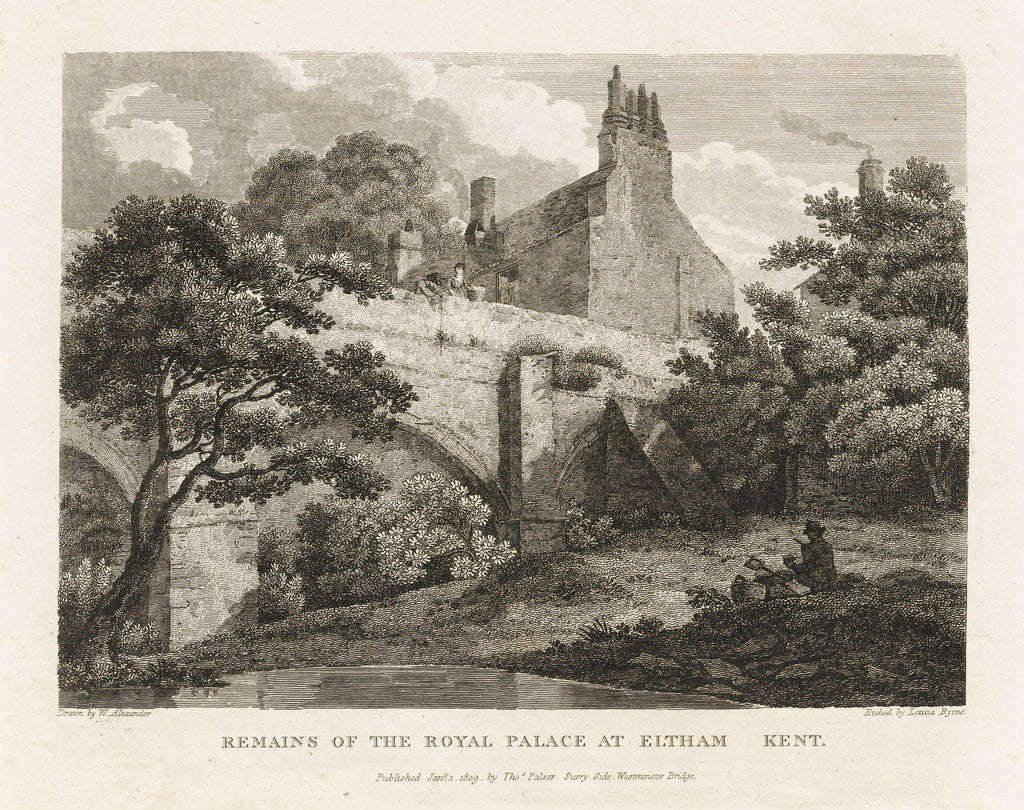
Remains of the Royal Palace at Eltham Kent
Image information
Remains of the Royal Palace at Eltham Kent
Eltham Palace was for several centuries a favourite retreat of the English sovereigns, to which, probably, its vicinity to the metropolis not a little contributed, as well as the pleasantness of its situation. In the Saxon times, the manor belonged to the crown, and in the reign of Edward the Confessor, as appears from the Domesday Book, it was held of that monarch by one Alwolde. William the Conqueror granted it, with many other estates in this country, to Odo, Bishop of Baieux, his half-brother, after the confiscation of whose possessions, by William Rufus, this manor was divided, part of it being retained by the sovereign, and part of it given to the noble family of the Magnavilles. Edward I. granted his moiety to the powerful baron John de Vesci, who afterwards obtained the whole by exchange with Walter de Magnaville. His son, William de Vesci, had a natural son, also named William, to whom he devised this manor, with the greater part of his other estates; but having appointed Anthony Bec, the warlike Bishop of Durham, a trustee under the will, that haughty prelate betrayed his confidence, and obtained possession of Eltham for himself. He is stated to have bestowed great cost on the buildings here, and here also he died, in the year 1311. William de Vesci, the younger, was slain at the battle of Strivelin, in Scotland, when his estates, of which this manor was again considered as a part, devolved on Sir Gilbert de Aton, as his right heir; and this Sir Gilbert granted Eltham to Geoffrey Scrope of Masham, who in the year 1318, had it confirmed to him by the crown and soon afterwards is said to have given it to Queen Isabel, consort to Edward II. Since that period it has been occasionally granted for terms of years to various persons, and is now held under a lease from the crown by Sir John Gregory Shaw, Bart. who resides at Eltham Lodge. When the Palace was originally built is unknown, yet it must have been prior to the year 1270, when Henry III kept a grand public Christmas here, accompanied by his Queen, and all the great men of the realm. Edward II frequently resided here, and in the year 1315, his Queen was delivered of a son in the Palace, who was afterwards called John of Eltham, from the place of his birth. Edward III held a Parliament here in 1329 and another in 1375, when the Commons petitioned him to make his grandson, Richard de Bourdeaux, Prince of Wales. Most of the succeeding sovereigns, to the time of Henry VIII resided much in this Palace, but on the rise of Greenwich, it was gradually deserted. Edward IV was at great expense in repairing the Palace; and here, in the year 1483, he kept his Christmas in a very magnificent and costly manner, two thousand persons being daily fed at his charge: three years afterwards, his daughter Bridget, who became a nun at Dartford, was born here. The change which the Palace of Eltham has undergone is exceedingly striking. This edifice, the abode of sovereigns, and the birthplace of princes, is now a farm; and the beautiful great hall, where parliaments were held, and entertainments given in all the pomp of feudal grandeur, is now used as a barn for the housing and threshing of corn. The area in which the buildings stand, is surrounded by a high stone wall, that has been partially repaired and strengthened by arches, &c. of brick, and a broad and deep moat, over which are two bridges, nearly opposite to each other, on the north and south sides. The hall is a most noble remain, measuring 100 feet in length, by 56 broad, and about 60 high. The windows have been extremely elegant, but are now bricked up: the roof is of timber, curiously wrought in the manner of that of Westminster Hall, and richly ornamented with finely carved pendants. Three parks, well provided with deer, and including together upwards of 1200 acres, were formerly connected with this palace.
William Alexander
Original size: 265 mm x 403 mm
- Image reference: PY6161
- National Maritime Museum, Greenwich, London, Herschel Collection
Discover more
More by this artist
Search for similar images
Product images of Remains of the Royal Palace at Eltham Kent



Our prints
We use a 240gsm fine art paper and premium branded inks to create the perfect reproduction.
Our expertise and use of high-quality materials means that our print colours are independently verified to last between 100 and 200 years.
Read more about our fine art prints.
Manufactured in the UK
All products are printed in the UK, using the latest digital presses and a giclée printmaking process.
We only use premium branded inks, and colours are independently verified to last between 100 and 200 years.
Delivery & returns
We print everything to order so delivery times may vary but all unframed prints are despatched within 2-4 days via courier or recorded mail.
Due to the coronovirus pandemic and Brexit situation, current shipping times may be longer, particularly for destinations outside the UK.
Delivery to the UK is £5 for an unframed print of any size.
We will happily replace your order if everything isn’t 100% perfect.
















